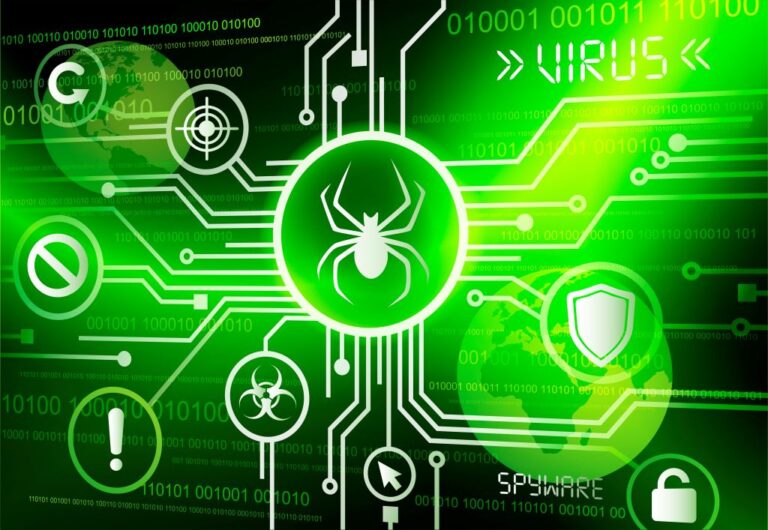Exploring Virtual Machines – What they are and How they work

Virtual Machines (VMs) have become essential tools in modern computing, enabling businesses, developers, and cybersecurity professionals to achieve versatility, efficiency, and security. By creating software-based environments that mimic physical computers, VMs offer numerous benefits, from running multiple operating systems on a single device to creating isolated environments for testing and experimentation. This article explores what VMs are, their applications, types, and the critical role sandboxed environments play in cybersecurity and software testing.
What Are Virtual Machines?
A Virtual Machine (VM) is a software emulation of a physical computer that runs an operating system (OS) and applications just like a physical device. Hosted on a physical machine called the host, a VM operates within a layer of software called a hypervisor. The hypervisor allocates resources—CPU, memory, storage, and networking—from the host machine to the VM, enabling it to function independently.

VMs are widely used for a variety of tasks, including software development, server consolidation, testing, and running legacy applications. A VM behaves as though it is a separate physical machine, complete with its own OS, allowing users to run multiple VMs on a single device.
What Can You Do With Virtual Machines?
Virtual Machines offer unparalleled flexibility and are widely used for the following purposes:
1️⃣ Software Testing
VMs provide an isolated environment to test software without risking the stability of the host system. Developers can test applications across different operating systems and configurations without needing multiple physical machines.
2️⃣ Cybersecurity Research
VMs are indispensable for cybersecurity professionals conducting malware analysis or penetration testing. They provide a controlled environment, enabling analysts to safely examine malicious software or simulate cyberattacks without endangering live systems.
3️⃣ Operating System Compatibility
Using VMs, you can run multiple operating systems on the same hardware. For example, a Windows machine can host Linux or macOS VMs, allowing users to switch seamlessly between operating systems.
4️⃣ Server Consolidation
Organizations often use VMs to run multiple server instances on a single physical server. This approach reduces hardware costs, improves resource utilization, and simplifies management.
5️⃣ Legacy Application Support
VMs can run outdated operating systems and applications, ensuring compatibility with legacy software that no longer functions on modern systems.
6️⃣ Learning and Experimentation
VMs are ideal for learning new skills or experimenting with system configurations. For instance, aspiring system administrators can use VMs to practice configuring servers or deploying network infrastructures.
7️⃣ Disaster Recovery and Backup
VM snapshots allow users to create backups of the entire system state. This feature is invaluable for disaster recovery, as it allows users to quickly restore a VM to a previous state in case of failure.
Types of Virtual Machines
Virtual Machines are broadly categorized into two types, each serving specific use cases:
System Virtual Machines
System VMs emulate a complete physical machine and include their own operating systems. These are typically used for running multiple operating systems on the same hardware or hosting virtual servers. Common system VM platforms include:
🔸VMware Workstation
🔸Oracle VirtualBox
🔸Microsoft Hyper-V
Process Virtual Machines
Process VMs run a single application and are terminated once the application completes. They are designed to provide a platform-independent environment for specific processes. A well-known example is the Java Virtual Machine (JVM), which allows Java applications to run on any device that supports the JVM.
The Importance of Working in Sandboxed Environments
A sandboxed environment refers to a controlled and isolated environment where applications or systems can be run without affecting the host system or other environments. Sandboxing is crucial in many domains, particularly cybersecurity and software testing.
Enhanced Security
Sandboxing is essential in cybersecurity for malware analysis and penetration testing. By isolating potentially harmful files or programs, analysts can study malicious behavior without risking infection of the host system or the wider network.
Example Use Case:
A cybersecurity analyst uses a sandboxed VM to analyze ransomware behavior. The isolated environment prevents the ransomware from spreading or causing damage outside the VM.
Safe Testing Environment
Developers and testers use sandboxed VMs to test new software or configurations. If the application crashes or introduces bugs, the impact is confined to the sandbox, protecting the integrity of the host system.
Risk-Free Experimentation
VM sandboxes allow users to experiment with new tools, OS configurations, or network setups without fear of permanent consequences. For instance, network engineers can simulate network topologies and troubleshoot issues in a VM sandbox.
Compliance and Policy Enforcement
Sandboxing ensures that untrusted applications or files are executed in a controlled environment, helping organizations meet compliance requirements and enforce strict security policies.
Rapid Recovery
If a sandboxed VM becomes compromised or unstable, it can be restored to a previous state using snapshots. This capability minimizes downtime and ensures continuity during testing or analysis.
Virtual Machines in Cybersecurity: A Game-Changer
In the realm of cybersecurity, VMs and sandboxing have revolutionized how professionals approach defense, research, and mitigation. Here’s why VMs are indispensable:
Malware Analysis
Cybersecurity experts often examine malware samples within sandboxed VMs. By observing malware behavior in isolation, they can develop detection signatures and identify vulnerabilities without risking infection of operational systems.
Penetration Testing
Ethical hackers use VMs to simulate attack scenarios and test the resilience of systems. For instance, they can set up virtual environments mimicking organizational networks to discover security gaps.
Incident Response
During a cyber incident, forensic investigators use VMs to analyze compromised systems without interfering with live production environments. VMs provide a safe space to reconstruct events and identify root causes.
Honeypots
Cybersecurity teams deploy honeypot VMs to lure attackers and study their techniques. These isolated environments provide valuable insights into emerging threats and attacker behavior.
Virtual Machines are versatile tools that empower users to experiment, test, and innovate in a secure and flexible manner. Their ability to create isolated, sandboxed environments makes them invaluable for cybersecurity and software testing, enabling professionals to analyze threats, develop solutions, and ensure system resilience. As organizations continue to face evolving challenges in the digital landscape, mastering the use of VMs is not just an advantage—it’s a necessity. Whether you’re a developer, tester, or cybersecurity specialist, the power of virtual machines will continue to shape the future of technology.







